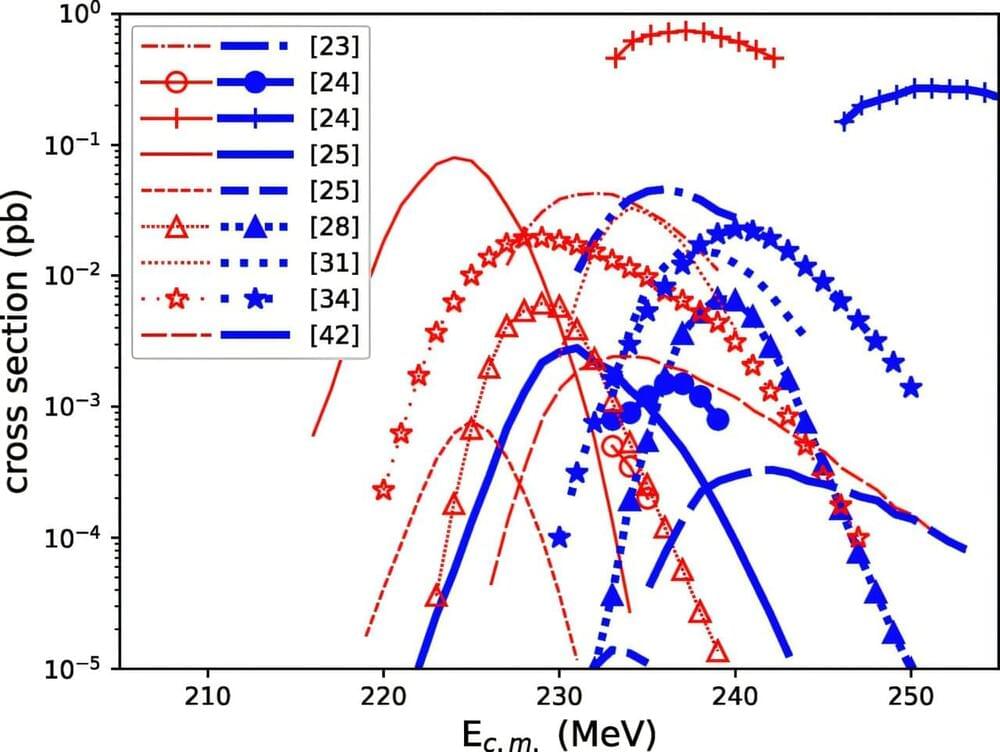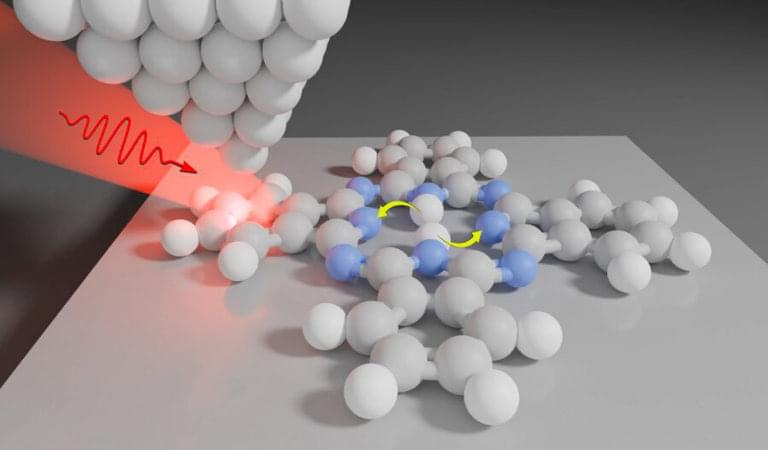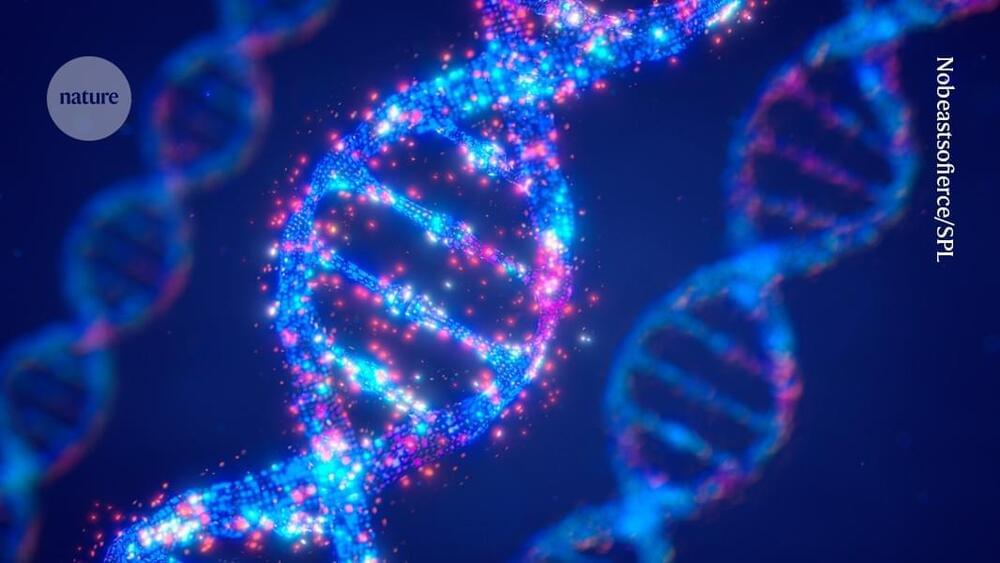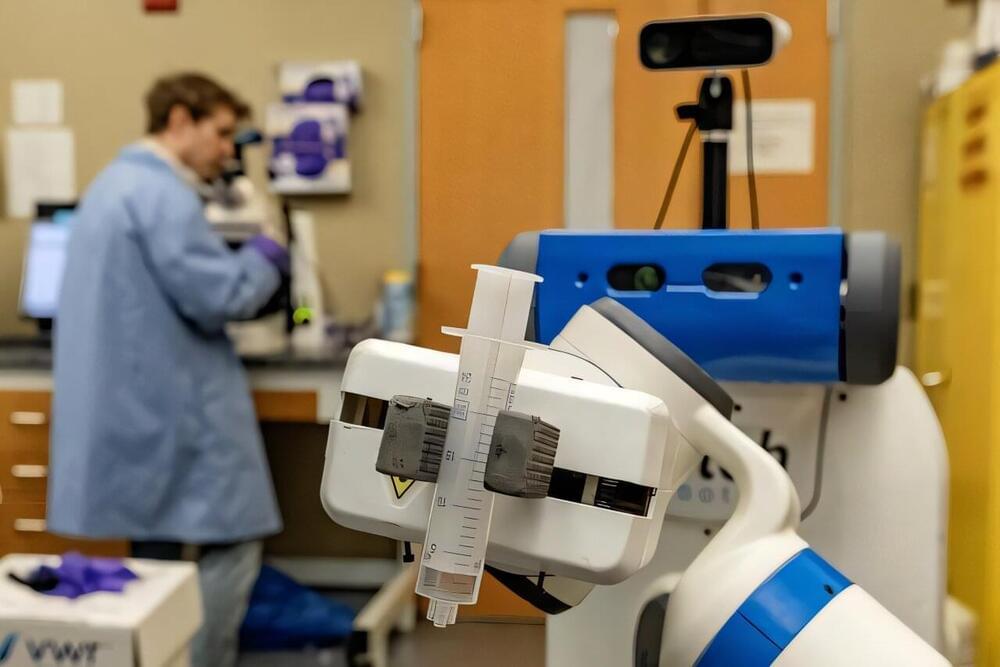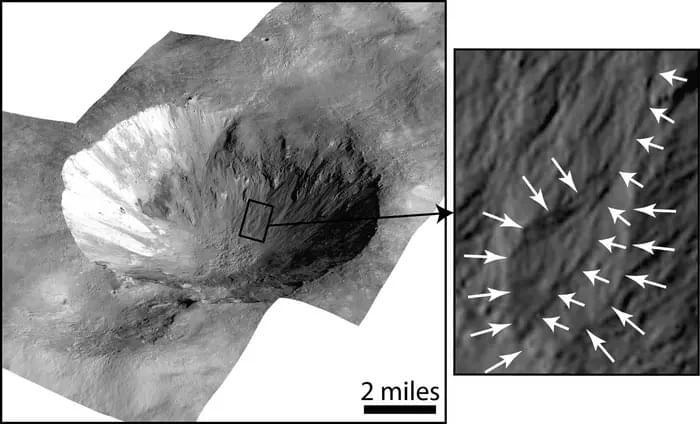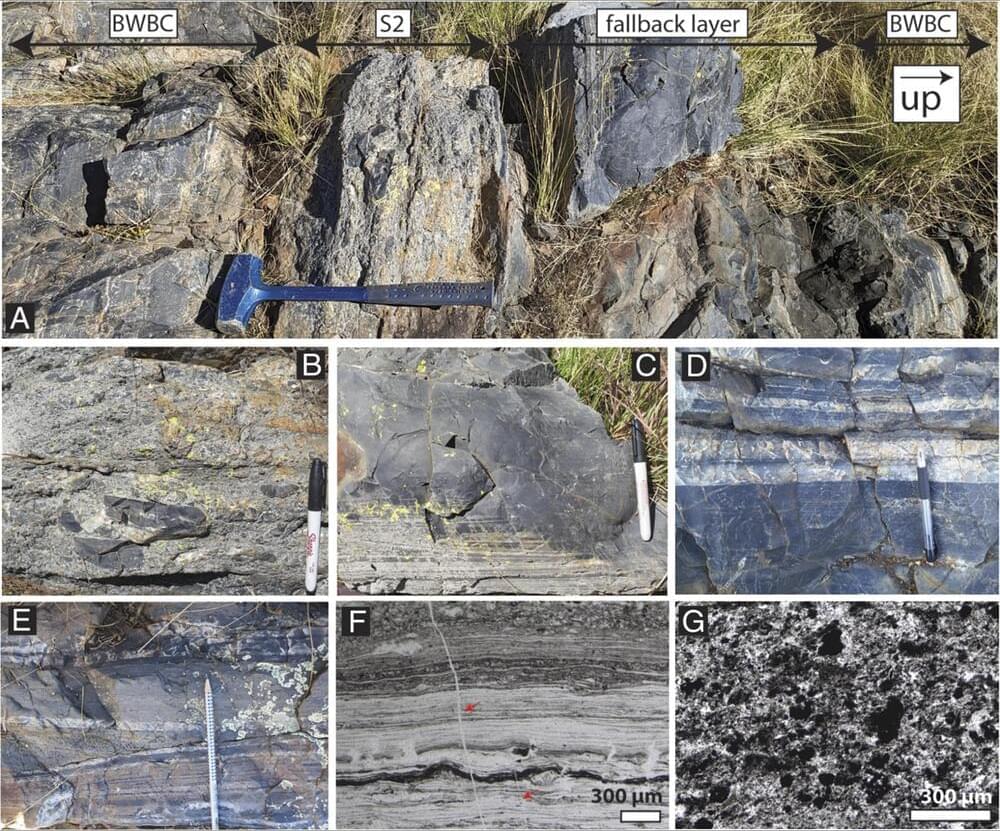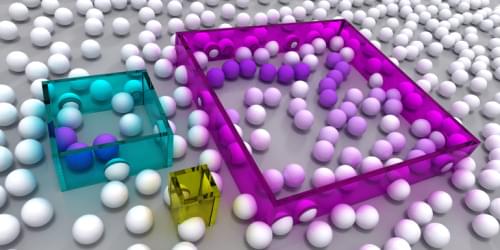Oct 26, 2024
Successful experiment paves the way for discovery of a new element
Posted by Saúl Morales Rodriguéz in categories: chemistry, physics
The search for new elements comes from the dream of finding a variant that is sufficiently stable to be long-lived and not prone to immediate decay. There is a theory in nuclear physics about an island of stability of superheavy elements. This is a potential zone in the upper part of the periodic table of as-yet-undiscovered elements that could remain stable for longer than just a few seconds. The aim is to explore the limits of stability of atomic nuclei.
